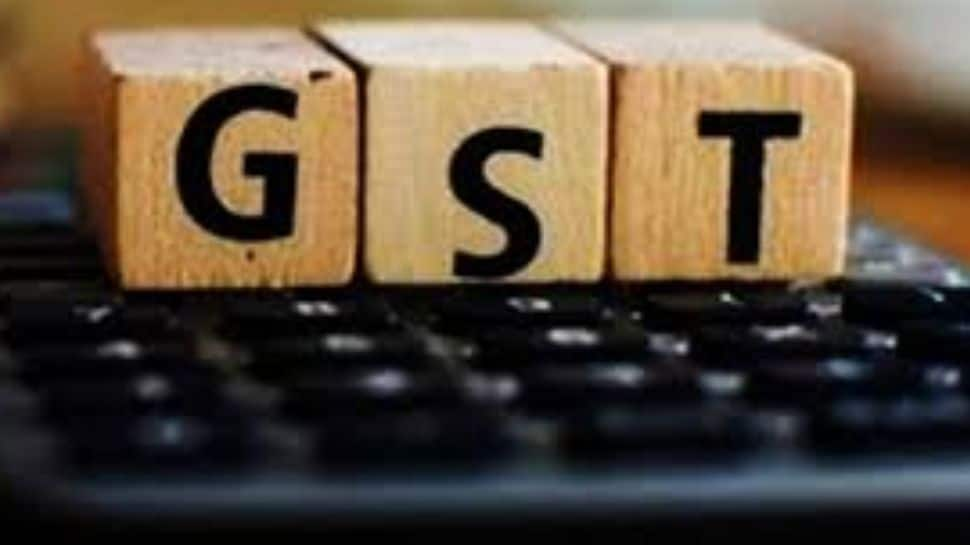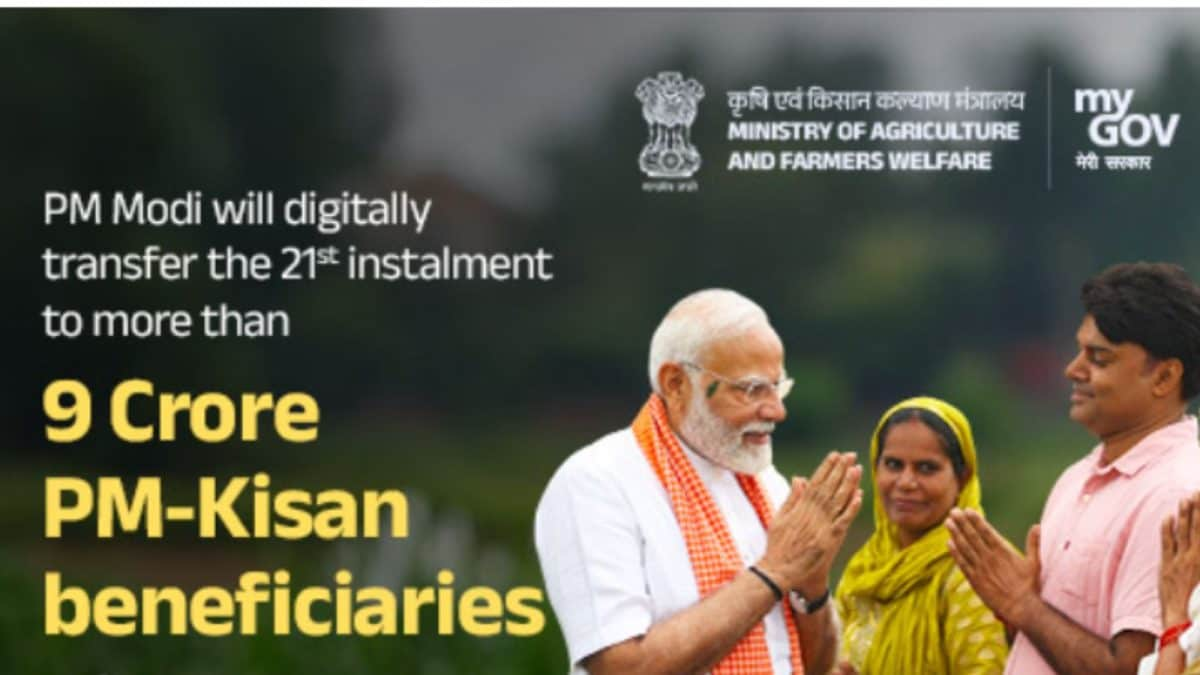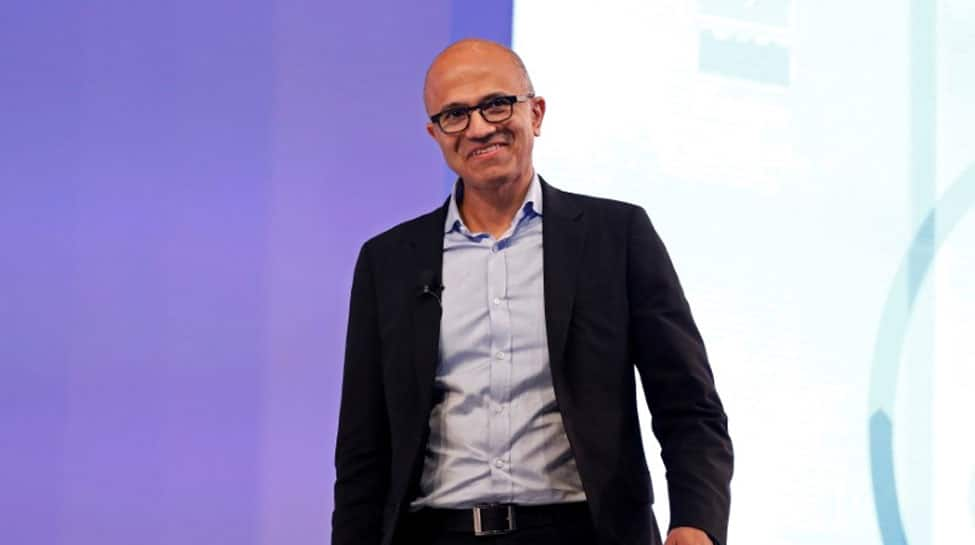Business
GST Collections Rise 9.1% to Rs 1.89 lakh Crore In September, Marking 2nd Consecutive Growth

New Delhi: India’s Goods and Services Tax (GST) collections continued their upward trajectory in September 2025, rising by 9.1 per cent to Rs 1,89,017 crore compared to Rs 1,73,240 crore in the same month last year.
According to the data released on Wednesday, the figures mark the second consecutive month of robust growth in GST revenues, reflecting sustained economic activity and improved compliance.
Last month the GST collections increased by 6.5 per cent year-on-year to 1.86 lakh crore in August.
In September, the growth is driven by the domestic component, where CGST, SGST, IGST, and Cess collections all showed positive monthly increases.
The collection data indicates steady growth in GST collections and net revenues for the month, supported by healthy domestic consumption, rising imports, and a significant increase in refunds processed during the month.
India’s Goods and Services Tax (GST) system has achieved a major milestone in 2024-25, with a record gross collection of Rs 22.08 lakh crore, showing a 9.4 per cent growth over the previous year.
Daily-use products, packaged foods, and personal care items have been shifted to the 5 per cent slab from 12 to 18 per cent earlier. Companies are expected to cut prices by 4 to 6 per cent, improving affordability and boosting rural demand. Staples such as paneer, chapati and khakhra have even been moved to the zero-tax bracket, making essentials like these cheaper.
Rolled out on September 22, the rationalised GST rates have set the stage for major sectoral transformation by rationalising tax slabs, simplifying compliance, and addressing long-standing issues such as the inverted duty structure.
According to the experts, GST 2.0 has ushered in structural relief across critical sectors, the reforms are likely to accelerate growth by supporting consumption, easing compliance, and strengthening MSMEs, even as luxury and sin goods have been placed in the higher 40 per cent bracket to safeguard revenue loss.
Business
PM Kisan 21st Installment Live Updates: PM Modi To Release Rs 18,000 Crore To Nearly 9 Crore Farmers

PM Kisan 21st Installment Live Updates: The wait for the PM Kisan Samman Nidhi’s 21st installment is now going to be over today, after Prime Minister Narendra Modi is set to release the next tranche of Rs 2,000 shortly at an event in Coimbatore, Tamil Nadu.
“The prime minister will release the 21st installment of PM-KISAN on November 19, 2025, in Coimbatore, Tamil Nadu,” according to PM Kisan’s portal.
As per the government data, Rs 18,000 crore will be transferred to nearly 9 crore farmers nationwide. Combined with state schemes, many farmers are receiving additional income buffers ahead of the agri season.
“This instalment comes at a crucial moment: rising input costs, mandi price volatility, and liquidity gaps continue to challenge small and marginal farmers. A deeper lens on how direct benefit transfers are influencing farm decisions, post-harvest management, storage choices, and credit dependency could make for a compelling industry story,” said Amith Agarwal, co-founder and CEO of StarAgri Warehousing & Collateral Management.
PM Kisan: How To Check Beneficiary Status?
1. Visit the official PM Kisan portal: https://pmkisan.gov.in
2. On the homepage, under the ‘FARMERS CORNER’, click on ‘Beneficiary List’.
3. Enter your state, district, sub-district, block, and village.
4. Click ‘Get Report’ to view the list of beneficiaries in your village.
Business
Satya Nadella To Visit India From December 10–12; To Meet Top Leaders, Discuss AI Push

New Delhi: Microsoft Chairman and CEO Satya Nadella will begin a three-day visit to India on December 10.
The India-born tech leader will travel to Delhi, Bengaluru, and Mumbai as part of his tour, during which he is expected to meet Prime Minister Narendra Modi, IT Minister Ashwini Vaishnaw, and other senior government officials.
Nadella will start his visit in Delhi on December 10, move to Bengaluru on December 11, and conclude in Mumbai on December 12. This will be one of his several visits to India in recent years as Microsoft continues to expand its presence and strengthen its position in the fast-growing cloud and AI services market.
During his earlier visit in January this year, Nadella had announced a $3 billion investment to build cloud and AI infrastructure in India and to support skilling programmes.
At that time, he said India was becoming a global leader in AI innovation and stressed that Microsoft wanted to help make the country “AI-first.” The company also said it would train 10 million more Indians in essential AI skills by 2030.
Microsoft had already exceeded its 2025 target by training 2.4 million people within a year, with a majority of participants coming from Tier-II and Tier-III cities and 65 per cent of them being women.
Rival Google has also announced a major push in India, with a $15 billion investment to set up a state-of-the-art AI hub in Visakhapatnam.
The build-up to Nadella’s visit saw another important meeting on Tuesday, when Commerce and Industries Minister Piyush Goyal met Lisa Monaco, President of Microsoft Global Affairs.
After the meeting, Goyal posted on X that the discussion focused on Microsoft’s continued engagement in India and its support for AI-led innovation and infrastructure development.
He added that both sides also explored ways to strengthen the India–US partnership in AI, digital trade, and workforce skilling to ensure inclusive and sustainable growth.
Business
Buy or sell: Stock recommendation by brokers for November 19, 2025 – The Times of India

Jefferies has initiated its coverage of WeWork India with a buy rating and a target price of Rs 790. Analysts said that the company is the largest flexible workspace operator by revenues in India. At about 17% compounded annual growth rate (CAGR), flexible workspace stock is growing at two times the pace of office stock, with room for further penetration. They said WeWork’s premium positioning helps command higher average revenue per member and margins than peers.Motilal Oswal Securities has initiated its coverage of PB Fintech with a neutral rating and a target price of Rs 2,000. Analysts expect PB Fintech to post a strong FY25-FY28 revenue, earnings before interest, taxes, depreciation, and amortisation (EBITDA) and profit after tax (PAT) CAGR of 35%, 156% and 56%, respectively, after factoring in a strengthening position in under-penetrated credit and insurance industries. However, they believe the stock is fairly valued, and all positives are priced in at current levels. Any possibility of commission restructuring by insurance companies due to the loss of input tax credit post GST exemption poses a key risk for the company’s top-line growth.Morgan Stanley has an overweight rating on Eternal (formerly Zomato) with the target price at Rs 427. They believe Eternal has the best risk-reward matrix and investors would use the current weakness to accumulate the stock. Like Eternal’s strategy of doubling down on customer market share as wallet share expansion can follow later. Theyassume a stress case of higher aggression could mean push out of profitability but this is not a game changer. They are assuming a stress case scenario where the stock would bottom out at Rs 280 – Rs 285.UBS has a buy rating on Max Healthcare Institute with the target price at Rs 1,550. Analysts expect the company’s brownfield capacity addition to drive growth and earnings. The management said that it recently commissioned a Mohali facility including an oncology facility. It’s also commissioning a facility at Nanavati hospital inMumbai.Also the construction activity at other new hospitals is progressing well. The management indicated that the issues related to cashless service for insurance patients has been resolved and mentioned there was no/only limited impact as patients shift from insurance to cash in such instances.Nomura has a neutral rating on Oil India with the target price at Rs 430. Analysts said the company’s July-Sept quarter was a soft one as volumes were impacted by external factors. The expansion work at Numaligarh Refinery was on track, with first crude intake expected next month and a meaningful volume uptick by the July-Sept quarter ofnext year. Analysts cut Oil India’s FY26 and FY27 profit estimates by 37% and 18%, respectively, to reflect: Lower gas sales volume, lower crude price realizations, higher depletion & depreciation expenses, and sharply higher exploratory write-offs and impairments.
-

 Tech1 week ago
Tech1 week agoFrom waste to asset: Turning ethanol production CO₂ into jet fuel
-

 Tech4 days ago
Tech4 days agoNew carbon capture method uses water and pressure to remove CO₂ from emissions at half current costs
-

 Politics5 days ago
Politics5 days agoBritish-Pakistani honoured for transforming UK halal meat industry
-

 Sports3 days ago
Sports3 days agoTexas A&M officer scolds South Carolina wide receiver after touchdown; department speaks out
-

 Business4 days ago
Business4 days agoThese 9 Common Money Mistakes Are Eating Your Income
-

 Tech1 week ago
Tech1 week agoSecurity flaws in portable genetic sequencers risk leaking private DNA data
-

 Business4 days ago
Business4 days agoWhat’s behind Rachel Reeves’s hokey cokey on income tax rises?
-

 Fashion1 week ago
Fashion1 week agoBangladesh garment makers eye $5 bn more in exports post policy tweak







